During these anxious times, we constantly check our hand computers for the latest updates, which make us still more anxious. Before technology allowed us to alarm ourselves with up-to-the-minute information, public-health messages were communicated using a fundamental graphic medium: the poster. Produced and displayed on a massive scale, these posters used a variety of cultural, political, and psychological strategies to steer public behavior with eye-catching and sometimes shocking visuals. And while today’s medium provides options via Instagram that you can print yourself, the message for fighting disease remains uncomfortably the same: Cover your mouth when coughing, stay home when you’re sick, avoid crowds, and don’t poop in the communal stream. Timeless advice, indeed.
When influenza hit Chicago in September 1918, the city was just beginning to implement containment measures. Police officers were instructed to stop individuals who did not cover their face when coughing. (Courtesy of the National Library of Medicine) Left : This 1918 bulletin from New York City’s department of health encourages citizens to use handkerchiefs and avoid crowds. (Weekly Bulletin of the Department of Health, October 19, 1918 / NYC Municipal Library / Courtesy NYC Department of Records) Right : Public-health organizations raced to educate the populace on ways to prevent the spread of germs in 1918. (Virginia State Board of Health / Courtesy of the Virginia Commonwealth University Libraries)Left : A dapper young man from the 1920s demonstrates the proper alternative to “careless spitting.” (Reprinted with permission © 2003. American Lung Association) Right : This poster uses public shaming to warn against public expectorating. (Fulton County Historian)These cartoon-like scenes from 1940 illustrate sarcastic tips for catching the flu: Wear short skirts in winter, eat unhealthy foods, sneeze in someone’s face, sleep with the windows open, and avoid doctors. (Courtesy of the Wellcome Collection) These English posters from 1950 share the same message using typographically dynamic layouts. (Courtesy of the Wellcome Collection) In 1949, the Museum of Modern Art invited a group of artists to create public-health posters to combat polio. This submission was by designer Herbert Matter. (Courtesy of the Department of Special Collections, Stanford University Libraries) Left : In 1955, the Chinese government created a series of posters to promote hygiene awareness in rural areas during a cholera outbreak. A farmer squats over a latrine trench vomiting while simultaneously defecating. Right : This poster from India in the 1960s shows a man spraying insecticide on a kite-size mosquito carrying malaria. (Courtesy of the National Library of Medicine)Before water fountains used a more sanitary spigot, public fountains used a common drinking cup for distribution. (Provincial Archives of Alberta, 1959) Left : Contemporary Venn diagram of COVID-19 (Courtesy of M. Azlif) Right : A clever take on toilet-paper hoarding (Courtesy of @typechap)Stay Sane, Stay Safe is an open platform that allows designers to contribute their own COVID-19 posters. (Courtesy of Sarolta Agnes Erdélyi and Claudia Pazzaglia) A print-on-demand public-service announcement (Courtesy of Tamara Shopsin)
* More info clik here
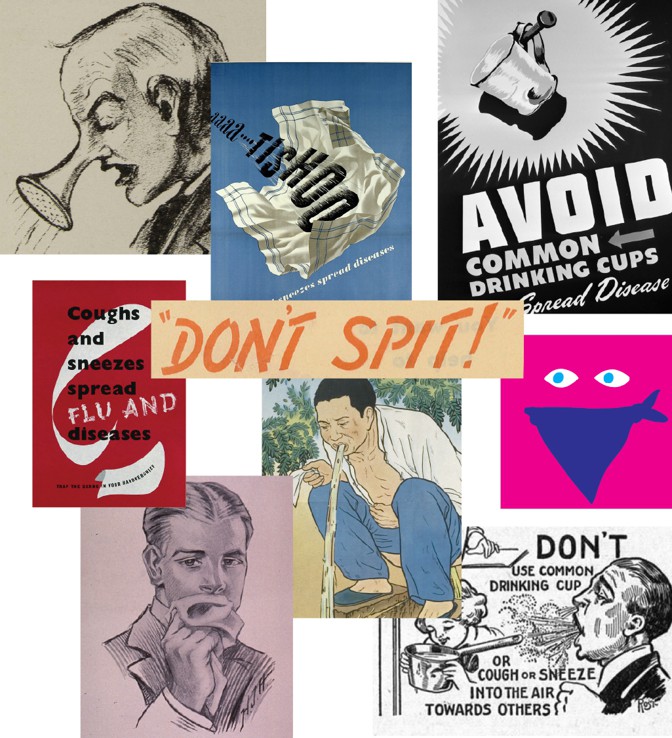

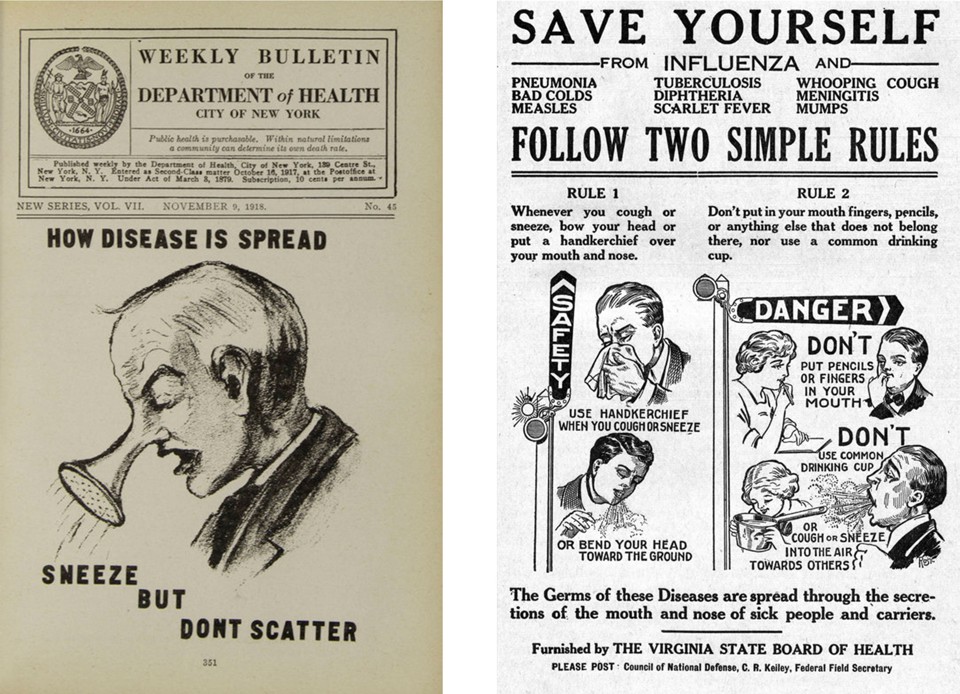
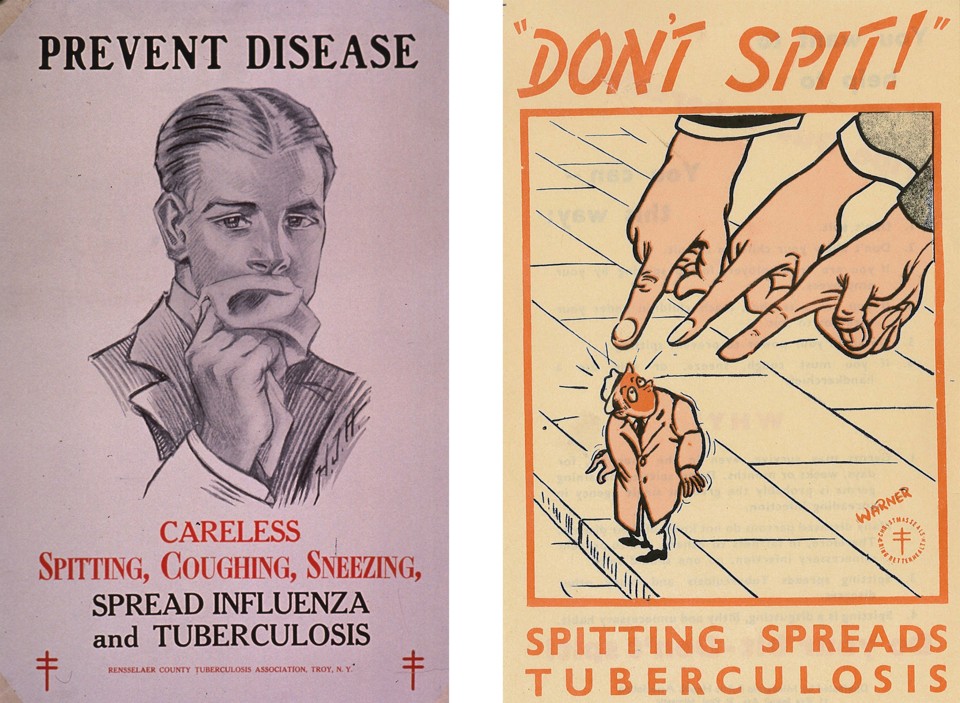

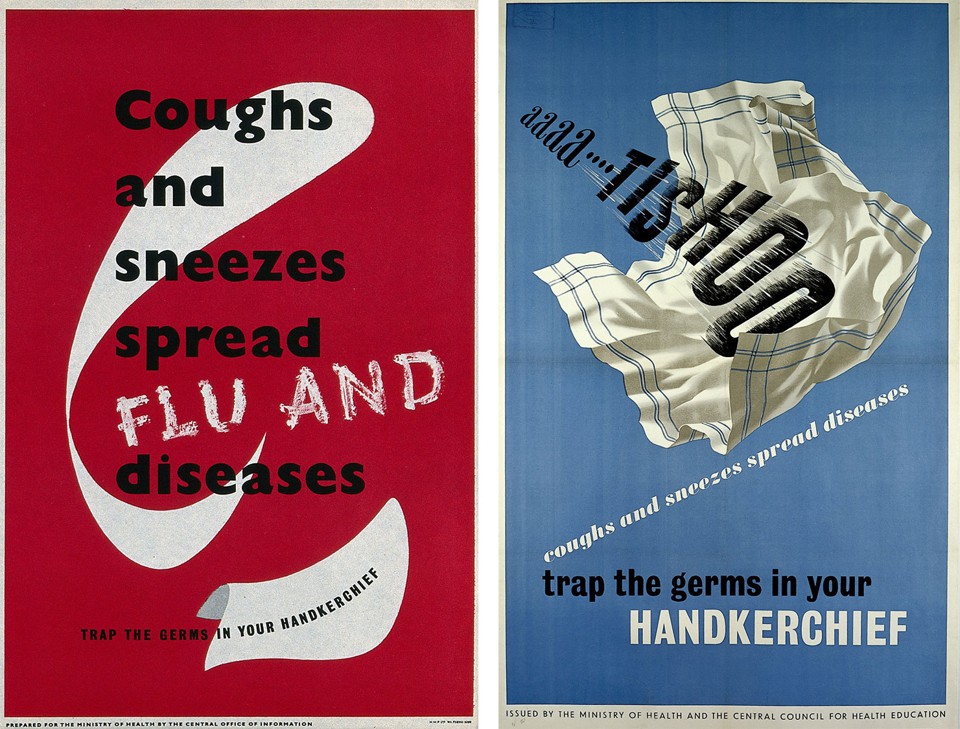
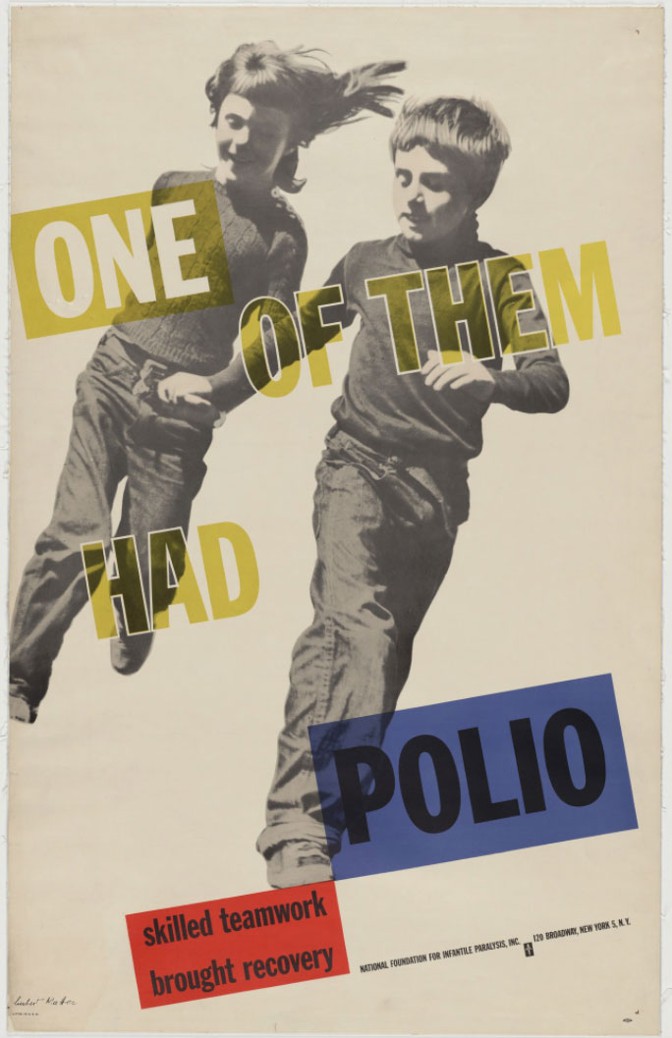
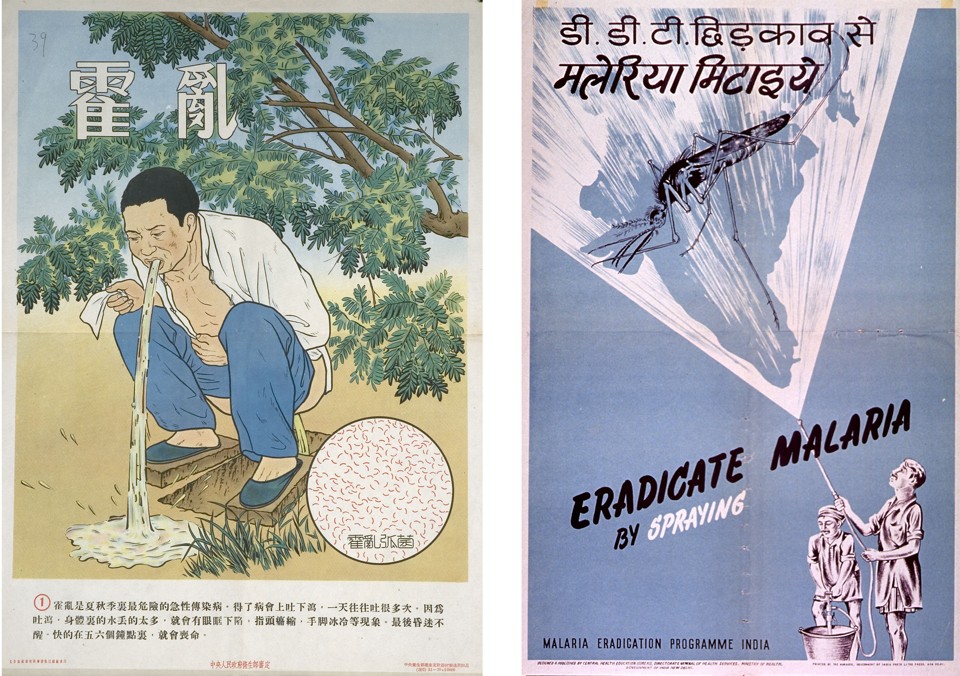
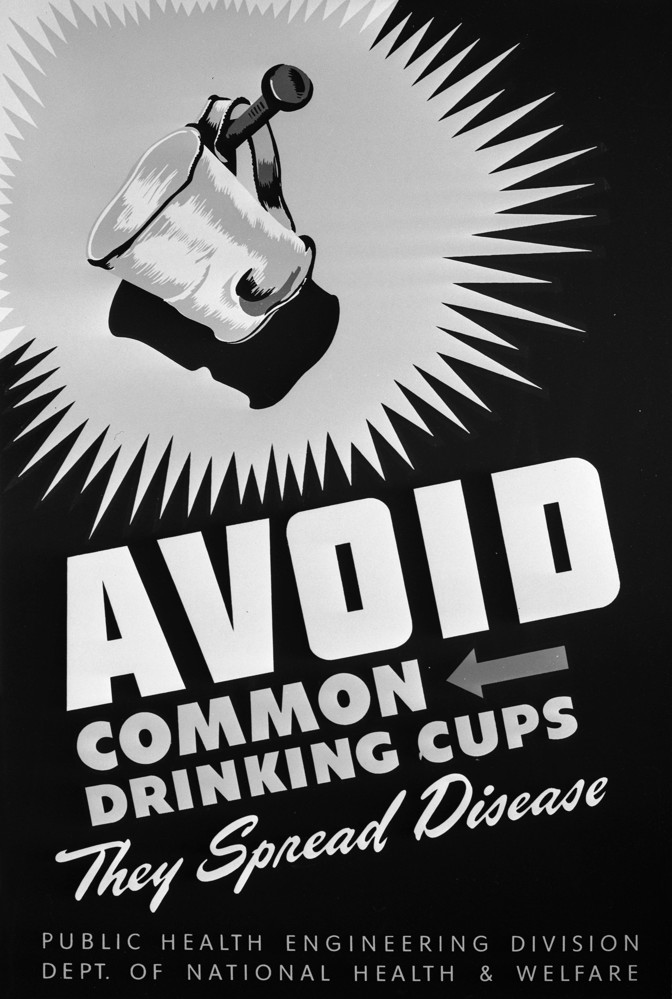

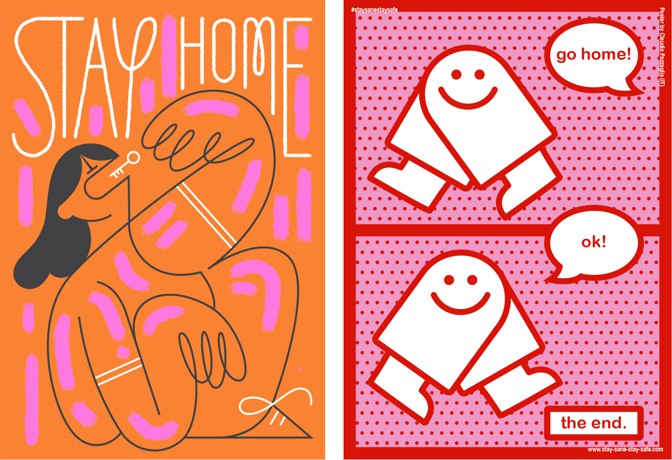








No comments